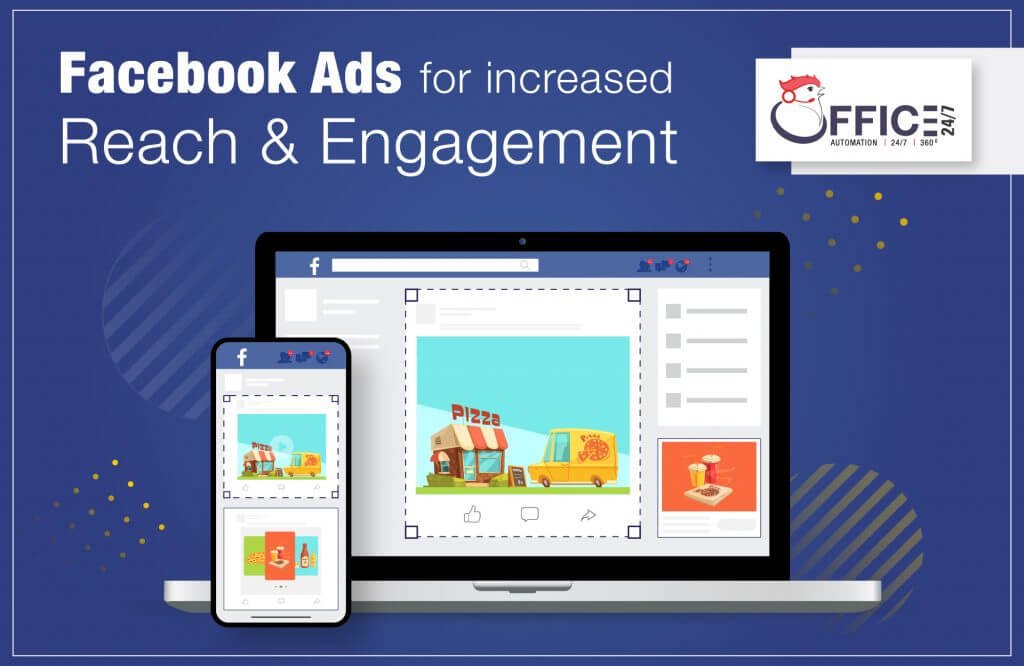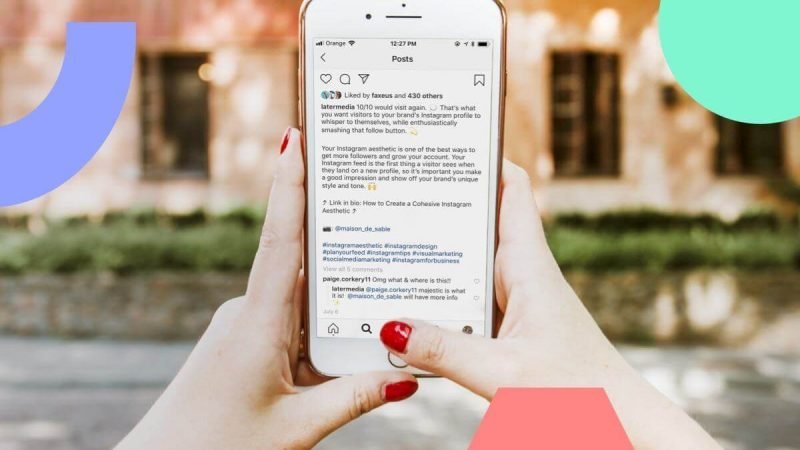Tips for the success of a Facebook Ads campaign

Table of contents [ hide ]
1. The public, the more segmented, the better:
2. A picture is worth a thousand words:
3. Avoid hackneyed phrases, be concrete and recognizable:
4. Do A/B tests:
5. Be patient with changes:
6. Prepare the campaign well in advance:
Investing in Facebook Sponsored Ads has great benefits, especially for small businesses with tight budgets . With Facebook Ads you can create ad campaigns with different objectives that will allow you, from promoting your Fan page or your website, to getting downloads of your application or reproductions of a video that you have published.
Creating ads with the Facebook platform is relatively easy. However, that doesn’t mean it’s so easy to get it right. Here are some tips for success when planning and executing a Facebook Ads campaign .
1. The public, the more segmented, the better:
It is very common to be blinded by the figure of “Potential Reach” that Facebook provides us when defining the public of our campaign. Many tend to think that the more people we reach, the better. It’s not like that. The “Potential Reach” figure gives us the number of Facebook users that respond to the sociodemographic characteristics and interests that we have defined, but this does not mean that we are going to impact all of them with our ad . What will determine the number of users we are going to reach with our ad is our budget. In other words, out of that total number of users that are part of our segmentation, based on our advertising investment, we will reach a portion. To know approximately how many people we will reach with our ad, we can look at the “Estimated daily reach” figure that is calculated once we have entered the budget field.
We can look at the color counter of “Audience definition” and the comments that Facebook gives us to know if our audience is too broad, it is well segmented or it is too specific. In general terms, the ideal will be to have the marker in the green zone, but with the lowest “Potential Range” figure that we can achieve.
Knowing your customer is fundamental to the success of your campaign. You must know what your potential audience is like in order to create a message that catches their attention and connects with their interests. Therefore, defining the segmentation should be the first step to take, before writing the text or selecting the image of the ad.
2. A picture is worth a thousand words:
It is proven that posts with images perform better than those that only contain text. In Facebook Ads, the image occupies most of the space , and it will be the first thing that users notice, so it is worth investing in it!
It is essential to choose a careful and professional image , whether it is a photo, an illustration or an infographic. The use of clip art , or low resolution, pixelated or moved images is not recommended.
On the other hand, you also have to think that many of the users will see your ad on mobile devices , so the images should not be too overloaded or with excessive details that are not properly perceived on small screen sizes. Also, you should keep in mind that the format of the Facebook ad post is square and not rectangular, so it is convenient that you look for images that adapt well to this resolution.
Also, do not forget that you are obliged to comply with Facebook’s ” Advertising Policies ” regarding the use of images in your ads. The most common violations of Facebook’s guidelines regarding the use of images are the following:
Too much text in the ad image – Facebook doesn’t allow ad images to contain more than 20% text. You can check your image with its grid .
Images with sexual content – Facebook is quite strict about nude images and sexual content. To give you an idea, even a photo of a cleavage or a mother breastfeeding can be pushed back.
Images with violent content : The platform also limits the use of violent or lurid images.
Images illustrating non -existing features – Button images, such as playing a video or closing, are not allowed.
3. Avoid hackneyed phrases, be concrete and recognizable:
It is recommended that you be precise and clear in your message. You must bear in mind that each click is costing you money, so we are not interested in attracting the curious or disappointing those who reach our page. You must make it very clear what is the benefit that the user is going to obtain , and not abuse the advertising phrases that always end up sounding the same and say nothing.
Whenever possible, mention the price or discount, and the time frame in which the offer will be valid.
This will increase the sense of urgency. Phrases such as “ An unbeatable offer ” should be replaced by others such as “ Philips mixers at 50% until September 30 ”. And don’t forget to end your text with a call to action. Do you want users to do something? Ask them: “ visit our website ”, “download the app ”, “ follow us ”…
Above all, it is important to be consistent with your brand image when writing the message of your ad . You must use the same tone that you use in all communication channels. And don’t forget who you’re trying to attract with your ad: speak to your audience.
Finally, if you get the text and the image to complement each other, transmitting by themselves the message you want to give, but at the same time increasing the nuances, you will have a compact and rich ad.
4. Do A/B tests:
The structure of the Facebook Ads campaigns works by configuration levels, and allows comparative tests to be carried out very easily:
We recommend that you start by creating different ad sets for each of your target audiences . In order to make valid comparisons, you must make variations only in the segmentation, and keep the rest of the identical factors in both sets of ads (bid and location).
It is also very interesting to start the campaign by creating several versions of the same ad with variations in images, text, videos or links.
In this way, you will be able to select the options with the highest conversion rates at each of the campaign levels.
5. Be patient with changes:
When changing a campaign, it’s a good idea to allow some time before making any further changes. We need enough time to collect a substantial amount of data to allow us to make a meaningful assessment. Whenever possible, it is best to make changes one at a time so that the impact of each factor can be assessed.
6. Prepare the campaign well in advance:
Ads on Facebook are not published automatically, as they require the approval of the platform. In this process, it is verified that the ad complies with the “Advertising Policies” that we have already mentioned. If so, the advertising account manager will receive a campaign activation email within approximately 24 hours. If not, you’ll be notified that your campaign violates one of the rules and you’ll need to make any corrections. For this reason, it is recommended that you program your campaign in advance to have room to make changes if unforeseen events arise.
And you, did you already follow these recommendations? Do you have any more advice to give us to launch an efficient campaign with Facebook Ads?






